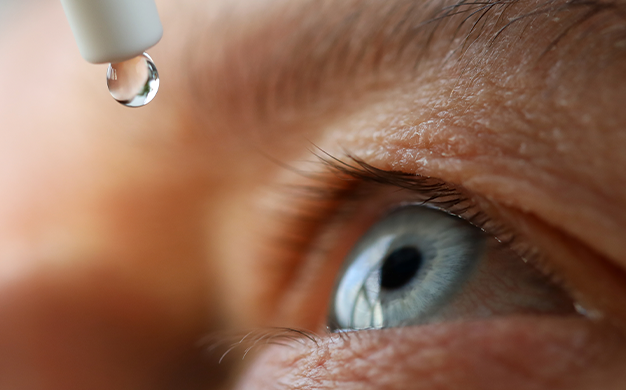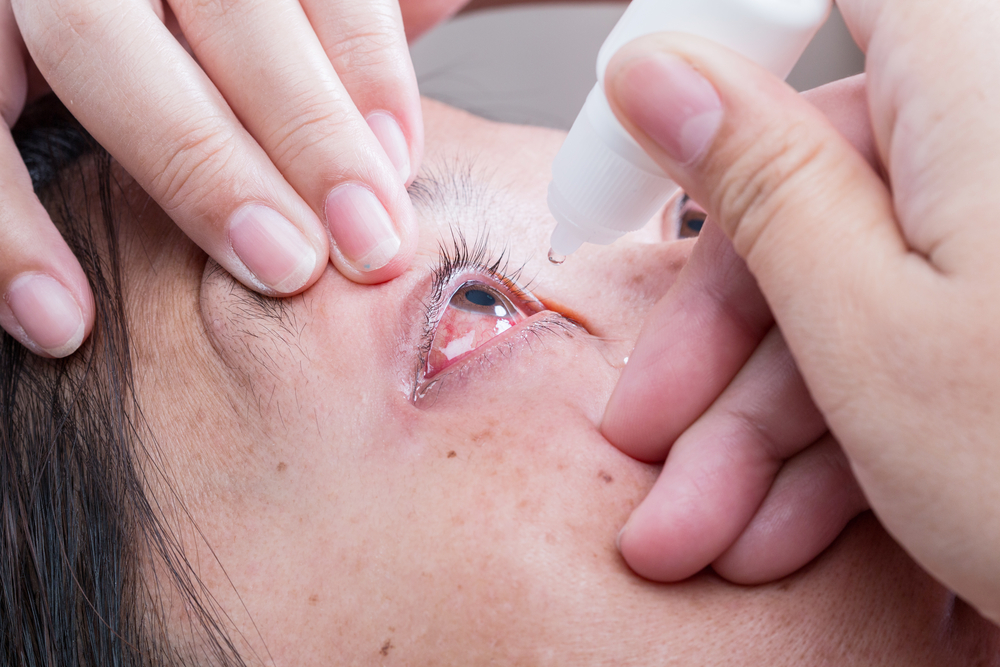Dry eye disorder is one of the most frequently diagnosed eye conditions, and tear substitutes are often prescribed dops by an ophthalmologist. Buy eye care medicine online to treat your eye condition.
About Dry eye disease
Dry eye syndrome is defined as a multifactorial disease of the tears and ocular surface resulting in symptoms of visual disturbance, tear film instability, and ocular discomfort with potential damage to the ocular surface. Tear film normally keeps the eye moist and lubricated. It is accompanied by inflammation of the ocular surface. The eye condition is common; its prevalence worldwide varies from 5 to 34%. Dry eye disease, either alone or in combination with eye conditions, is a frequent cause of irritation that leads the patient to seek medical help. Due to a variety of symptoms, it is often recognized. While most of the symptoms often improve with appropriate therapy, usually, the disease may not be curable in most cases.
In many cases, dry eye disorder can cause visual morbidity and may compromise the results of cataract, refractive and corneal surgery. Dry eye disease impairs functional vision, especially in computer work, reading, and driving. Reading speed is significantly reduced with the severity of the dry eye condition. As per research reports, most patients report a reduced quality of life, while some report reduced efficacy work. Dry eye disorder is significantly associated with depression and anxiety disorder. You can buy dry eye drops online to improve tear production.
Causes of dry eye disease
You tend to make fewer tears as you age due to hormonal fluctuations. Both men and women can get dry eye conditions. However, women are more likely to get affected by this condition, especially those who have gone through menopause.
For some of you, the cause of dry eyes may be decreased tear production or increased tear evaporation in your eyes.
Decreased eye production
A dry eye condition occurs when you cannot produce enough water. The eye condition is termed Keratoconjunctivitis sicca. Common causes of decreased tear production in the eyes include:
- Certain medical conditions such as thyroid disease, rheumatoid, and lupus
- Ageing
- Wearing contacts for a long time
- Having an eye surgery
Taking certain medicines, such as:
- Diuretics for high blood pressure
- Allergy and cold medicines
- Medicines used for gastrointestinal reflux disease (GERD)
- Sleeping pills
- Beta-blockers for heart disease and high blood pressure
- Anxiety and antidepressants
You should tell your ophthalmologist about all the prescription and non-prescription medicines you take. Buy eye care drugs online US to increase tear production in your eye.
Increased tear evaporation
You may have clogged oil glands on the edge of your eyelids. Blocked oil glands are more common in people with rosacea or other skin conditions. Common causes of increased tear evaporation include:
- Blepharitis (inflammation of the eyelids)
- Being in the smoke, wind or an extremely dry climate
- Eye allergies
- Vitamin A deficiency
- Preservatives present in eye drops
- Staring at a computer screen for a long time, indulging in reading and other activities that reduce blinking.
Risk factors
Factors that make you more likely to experience dry eyes:
- Being an elderly over the age of 50 years. Research suggests that tear production tends to diminish as you age. Dry eye syndrome is more common in people over 50.
- A lack of eye fluid is common in women, especially those who experience hormone fluctuations due to pregnancy, contraceptive pills or menopause.
- Eating a diet low in vitamin A is commonly found in broccoli and carrots.
Symptoms
Signs and symptoms that usually affect both eyes may include:
- Eye redness
- Sensitivity to light
- Mucous in or around the eyes
- A stinging or burning sensation in your eyes
- Difficulty with night-time driving
- A sensation of something in your eyes
- Trouble wearing contacts
- Blurred eye vision or eye fatigue
- Watery eyes are a normal body’s response to the irritation of dry eyes
You must see an ophthalmologist if you have had prolonged signs and symptoms of dry eyes, irritated eyes, redness, or painful eyes. Your ophthalmologist may take steps to determine what’s bothering your eyes or recommend eye drops or an ointment to provide symptomatic relief.
Treatment
The goals of dry eye treatment are to control the dryness of the eye, relieve symptoms, improve quality of life, minimize risk factors, and prevent eye damage. Though there is no cure for this eye condition, treatment offers symptomatic relief. Artificial tears, eye ointment, and medicines generally manage dry eye disease. Discuss what’s appropriate for your eye condition that may bring symptomatic relief with your ophthalmologist.
Summary
Dry eye is a tear film condition due to reduced tear production or excessive tear evaporation, which leads to ocular damage. The causes of dry eye include ageing, illness, medication, increased evaporation of tears, blepharitis, and some unknown causes. The symptoms of the eye condition are slight blurring of vision, eye irritation, dislike of bright light, and those who wear lenses may feel discomfort. If left untreated, dry eye disorder may lead to loss of vision.



